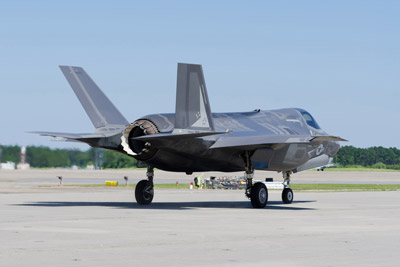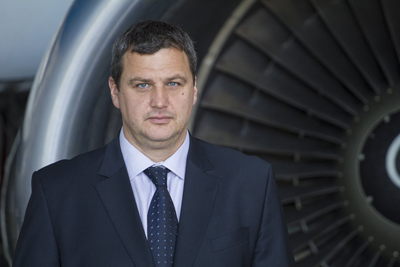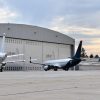 After being developed for more than 14 years, costing more than $400 billion to make and 7 years too late, the Lockheed Martin F-35 fighter jet has finally been officially approved ‘ready for combat’ by the U.S. Marine Corps. This immense milestone in the development of the world’s most expensive weapons program has once again spurred the debate on the jet’s capabilities and its readiness to take the throne from the legendary F-16. Nevertheless, it seems like this debate could be far from over as there might be some challenges waiting ahead.
After being developed for more than 14 years, costing more than $400 billion to make and 7 years too late, the Lockheed Martin F-35 fighter jet has finally been officially approved ‘ready for combat’ by the U.S. Marine Corps. This immense milestone in the development of the world’s most expensive weapons program has once again spurred the debate on the jet’s capabilities and its readiness to take the throne from the legendary F-16. Nevertheless, it seems like this debate could be far from over as there might be some challenges waiting ahead.
The F-35 has long been anticipated to become the most advanced new aircraft irreplaceable in conducting close air support, offensive and defensive counter air and armed reconnaissance missions. Moreover, it is supposed to be easily and cheaply maintained. Nevertheless, after exceeding the development budget by over $163 billion, the F-35 will cost up to 40 percent more to maintain than the previously exploited fighter jets, says Pentagon. The report goes on estimating that the lifetime maintenance cost of all the jets ordered by the US would exceed $1 trillion.
“Even though the F-35's Autonomic Logistics Information System or ALICE has been touted as a game-changing technology to simplify the maintenance process for the new jet, the US AF maintainers have disclosed that 80% of all issues identified by ALIS are “false positives”,” reveals Arturas Dziugelis, the Head of FL Technics Military Aviation Department. “It means that despite the aircraft being recognized as ‘ready for combat’, 5 million lines of code in the F-35’s maintenance program are not nearly close to being ready. In addition, there is the issue of mission capable rate, which is not looking good for the newcomer.”
the US AF maintainers have disclosed that 80% of all issues identified by ALIS are “false positives”,” reveals Arturas Dziugelis, the Head of FL Technics Military Aviation Department. “It means that despite the aircraft being recognized as ‘ready for combat’, 5 million lines of code in the F-35’s maintenance program are not nearly close to being ready. In addition, there is the issue of mission capable rate, which is not looking good for the newcomer.”
Despite being developed back in the ‘70s, the most popular fighter plane in the world – the F-16 – holds the mission capable rate of 74.4 percent. The Joint Strike Fighter, on the other hand, is designed to have about the same rate as its predecessor, but currently it demonstrates a figure much closer to 60–65 percent for the F-35Bs which flew in a recent operational readiness inspection, according the Marines.
And it is not the only challenge for the operators of the fighter jet. As Lockheed Martin aims to sell as many as 5100 F-35s to customers around the globe, almost all of their future owners fear that the spare parts supply chain will be subject to numerous problems. Primary recipient – the USA and its officials – has not once, but several times expressed the highest ‘concern’ about spare parts and their delivery processes for the new jet.
“It seems like the transition from the old machines to the F-35 fighter jet could take some time. According to various reports, F-16s, F-15s and Russian-built aircraft such as MiG-21/29 or Su-25/27/30/33 remain among the 10 most popular active military aircraft types worldwide. In addition, all of the countries which have ordered the new jet have expressed their dissatisfaction with the whole project or even cancelled some of the orders. It is likely that they will get some confidence boost after the official approval. Nevertheless, until all of this prevails, F-16 with a very well-established network of maintenance and spare parts providers will be the only king in the castle,” concludes Arturas Dziugelis, the Head of FL Technics Military Aviation Department.





